The Sphere in Las Vegas — How It Is Changing Movies, Concerts, and Entertainment
A NEW DIMENSION OF IMMERSIVE CULTURE
The Sphere in Las Vegas is not just a venue—it’s a radical reimagining of what entertainment can be. With its massive scale, spherical form, and fully immersive technology, it invites audiences to step inside the story rather than simply watch it unfold. This is not a passive experience. It’s a sensory event that surrounds, stimulates, and transforms.
From concerts and films to branded experiences and experimental art, the Sphere is designed to host formats that don’t fit traditional stages or screens. Its 160,000-square-foot interior LED display wraps around the audience in 16K resolution. Beamforming audio targets each seat individually. Haptic feedback, scent diffusion, and environmental effects like wind and heat complete the illusion.
This venue is not just a technical marvel—it’s a cultural prototype. It challenges creators to think spatially, emotionally, and sensorily. It invites audiences to feel rather than just observe. And it signals a shift in how we design, deliver, and experience performance in the 21st century.

ARCHITECTURE AND FORM — THE SPHERE AS A SYMBOL OF IMMERSION
The Sphere’s architecture is both iconic and functional. At 366 feet tall and 516 feet wide, it dominates the Las Vegas skyline with a presence that’s impossible to ignore. Its spherical shape isn’t just aesthetic—it enables a seamless 360-degree projection surface, both inside and out.
The exterior is wrapped in over 1.2 million programmable LED lights, turning the building into a living canvas. It can display anything from planetary animations to branded visuals, shifting its identity nightly. Inside, the curvature of the structure ensures that every seat faces the center of the dome, maximizing immersion and eliminating visual dead zones.
This design breaks away from the proscenium model of traditional theaters. There is no front or back—only a shared center. The architecture itself becomes part of the performance, blurring the line between venue and medium. It’s not just a space to host content. It is the content.
| Feature | Description |
|---|---|
| Height | 366 feet |
| Width | 516 feet |
| Exterior | 1.2 million LED panels |
| Interior screen | 160,000 sq ft, 16K resolution |
| Seating capacity | 18,600 |
VISUAL SYSTEMS — THE WORLD’S LARGEST LED SCREEN
Inside the Sphere, the visual experience is unlike anything else. The 16K resolution screen wraps around the audience, creating a panoramic field of view that feels more like stepping into a simulation than watching a show. This isn’t a backdrop—it’s the entire environment.
The screen spans 160,000 square feet and is built with ultra-dense LED panels. It can display layered visuals, reactive animations, and spatial transitions that move across the dome. The brightness and contrast are calibrated to maintain clarity even with ambient lighting.
Filmmakers and designers use the screen to simulate space, nature, and abstract environments. The visuals are synchronized with sound, haptics, and environmental effects to create a multisensory narrative. This integration turns the screen into a storytelling engine.
The Sphere’s display system supports real-time effects and live interaction. It’s used for concerts, films, and branded events, each tailored to the venue’s immersive capabilities. The screen is not just a technical feature—it’s the heart of the experience.
| Specification | Value |
|---|---|
| Resolution | 16K |
| Screen area | 160,000 sq ft |
| Pixel density | Ultra-high |
| Brightness control | Adaptive to ambient light |
| Visual modes | Panoramic, layered, reactive |
AUDIO SYSTEMS — PRECISION SOUND FOR EVERY SEAT
The Sphere’s audio system is built around beamforming technology. This allows sound to be directed to individual seats, creating a personalized experience for every audience member. It’s not just loud—it’s precise.
Over 160,000 speakers are embedded throughout the venue, hidden behind the screen and within the structure. The system isolates dialogue, music, and effects with surgical accuracy. It eliminates echo and distortion, even in a venue of this scale.
Sound layering is used to create emotional depth. Dialogue can be clear while music swells around it, and effects can move spatially across the dome. This creates a cinematic soundscape that surrounds the listener.
The acoustics are tuned for clarity and immersion. The system adapts to different formats and genres, supporting concerts, films, and experimental audio events. It’s a core part of the Sphere’s immersive design.
| Component | Function |
|---|---|
| Beamforming | Directs sound to each seat |
| Speaker count | Over 160,000 |
| Acoustic tuning | Eliminates echo and distortion |
| Sound layering | Dialogue, music, effects |
| Personalization | Adaptive audio zones |
HAPTIC AND SENSORY INNOVATION — FEELING THE PERFORMANCE
Beyond sight and sound, the Sphere introduces physical sensation. Seats are equipped with haptic feedback systems that vibrate in sync with bass, action, or emotional beats. This adds a tactile layer to the experience.
Environmental effects simulate real-world conditions. Wind, heat, and cool air bursts are used during key scenes, while scent diffusion introduces smells like rain, smoke, or flowers. These effects are timed with the narrative arc.
The goal is emotional realism, not gimmickry. Sensory cues are used sparingly and strategically to enhance immersion without overwhelming the audience. They support storytelling rather than distract from it.
This multisensory approach benefits neurodiverse audiences by offering multiple entry points into the narrative. It creates a full-body experience that mirrors emotion and deepens connection between viewer and content.
| Sensory Feature | Description |
|---|---|
| Haptic seats | Vibration synced with audio |
| Climate effects | Wind, heat, cool bursts |
| Scent diffusion | Thematic smells during scenes |
| Synchronization | Timed with narrative beats |
| Audience control | Adjustable intensity settings |
FILMMAKING IN THE SPHERE — A NEW CINEMATIC LANGUAGE
The Sphere demands a new kind of filmmaking. Traditional framing and editing do not apply. Directors must think spatially, emotionally, and sensorily. Scenes unfold around the viewer, not in front of them.
Darren Aronofsky’s “Postcard from Earth” was designed specifically for the Sphere. It uses panoramic visuals and immersive transitions to place the viewer inside the story. The narrative is built around emotional and environmental themes.
Camera movement is 360-degree and fluid. Scene transitions use spatial fades and rotations, while editing is seamless and panoramic. There is no fixed focal point—viewers are surrounded by the story.
Scripts are written with immersion in mind. Dialogue is sparse and emotionally timed, while visuals carry much of the narrative weight. Sound and haptics support emotional beats and environmental shifts.
| Element | Sphere Format |
|---|---|
| Camera movement | 360-degree tracking |
| Scene transitions | Spatial fades and rotations |
| Narrative structure | Immersive arcs |
| Viewer perspective | Centralized immersion |
| Editing style | Seamless panoramic cuts |
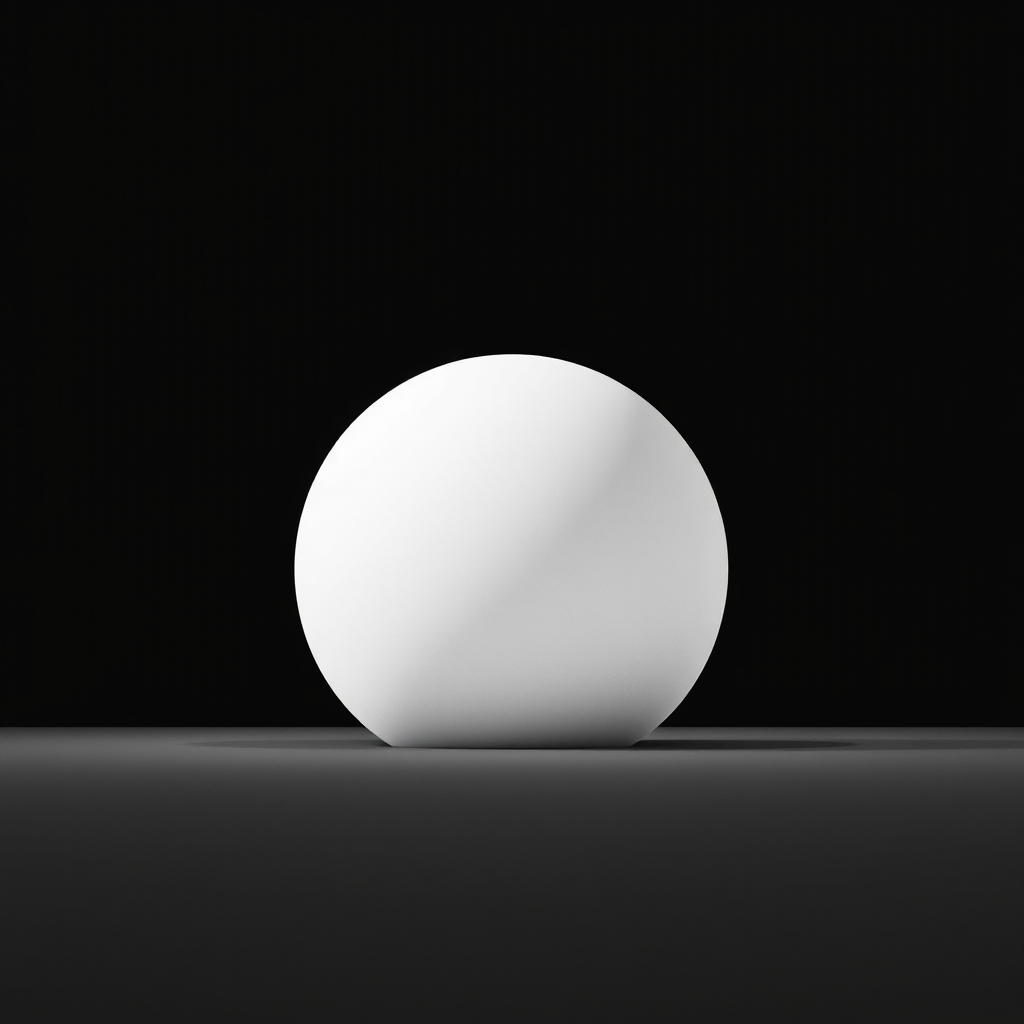
LIVE CONCERTS — REDEFINING STAGE PRESENCE
Artists like U2 have used the Sphere to reinvent the concert experience. The stage is minimal, allowing the visuals to carry much of the performance. Musicians interact with the screen, triggering animations and effects that respond to the music.
The audience is not just watching—they’re inside the music. Lighting and sound are choreographed to match emotional beats, creating a synesthetic experience. This format encourages artists to think beyond setlists and solos.
Concerts at the Sphere are designed as immersive journeys. The visuals are reactive, the sound is personalized, and the environment shifts with the performance. It’s not just a show—it’s a shared emotional event.
This approach changes how concerts are produced and experienced. It invites collaboration between musicians, designers, and technologists. It turns performance into a multisensory narrative.
| Concert Element | Sphere Impact |
|---|---|
| Stage design | Minimal, immersive backdrop |
| Visuals | Reactive to music |
| Audience layout | Surrounding the performers |
| Sound choreography | Emotionally timed transitions |
| Artist interaction | Screen-triggered effects |
OPENING NIGHT — U2 LAUNCHES THE SPHERE INTO HISTORY
The Sphere opened on September 29, 2023, with U2’s “Achtung Baby Live” residency—a performance that redefined what a concert could be. It wasn’t just a launch event. It was a proof of concept for immersive entertainment at scale. U2 didn’t just play music—they built a visual and emotional world around it.
The show featured a complete performance of Achtung Baby, layered with panoramic visuals designed by Marco Brambilla. These weren’t background projections—they were spatial environments that wrapped the audience in surreal, symbolic art. The band performed inside a 16K dome, surrounded by 167,000 speakers and reactive LED animation.
Over 700,000 fans attended across 40 sold-out dates. The residency grossed $244.5 million, making it one of the highest-earning live music runs in history. But the Sphere wasn’t just a venue—it became part of the band’s identity. Bono described it as “a cathedral of sound and light.”
To mark the residency, U2 filmed a music video for “Atomic City” inside and outside the Sphere. The clip opens with the band walking through Las Vegas, then transitions into the Sphere’s interior, where the LED dome becomes a pulsating visual instrument. The video was shot using Big Sky—Sphere Studios’ proprietary ultra-high-resolution camera system—making it the first music video designed specifically for immersive playback inside the venue.
The video wasn’t just promotional. It was architectural. It showed how the Sphere could be used as a cinematic tool, a performance space, and a symbolic amplifier. The visuals from “Atomic City” were later integrated into the live show, creating a feedback loop between media, performance, and audience memory.
| U2 Residency Stats | Value |
|---|---|
| Opening date | September 29, 2023 |
| Total shows | 40 |
| Attendance | Over 700,000 |
| Gross revenue | $244.5 million |
| Music video | “Atomic City” shot in Sphere |
| Camera system | Big Sky ultra-high-resolution |
FORMULA 1 — THE SPHERE JOINS THE GRAND PRIX
During the inaugural Formula 1 Heineken Silver Las Vegas Grand Prix in November 2023, the Sphere became a living scoreboard. Its exterior—known as the Exosphere—was transformed into a real-time data display, syncing with race telemetry, driver stats, and podium graphics. It wasn’t just decoration. It was part of the race.
The Exosphere pulsed with helmet animations, national flags, and live pole positions. As cars sped past on the Strip, the Sphere responded with synchronized visuals, turning the building into a dynamic interface between sport and city. It was the first time a venue became part of the race’s visual language.
Inside the Sphere, VIP guests experienced a parallel simulation. The race was recreated in immersive 3D, with haptic feedback and spatial audio. Fans could feel the roar of engines, the rush of wind, and the tension of overtakes—all choreographed to match the live event outside.
This collaboration marked a new kind of synergy between sport, architecture, and media. The Sphere didn’t just host content—it became a participant. Broadcasters integrated its visuals into global coverage. Drivers referenced it in interviews. Fans gathered just to watch it change.
The economic impact was massive. With 315,000 attendees and an estimated $1.2 billion in revenue, the Grand Prix proved that immersive infrastructure could amplify real-world events. The Sphere became a landmark—not just of entertainment, but of civic spectacle.
| F1 x Sphere Integration | Description |
|---|---|
| Event | Las Vegas Grand Prix 2023 |
| Attendance | 315,000 |
| Exosphere content | Live driver cards, podiums |
| LED sync | Real-time race telemetry |
| VIP interior experience | Immersive race simulation |
| Economic impact | Estimated $1.2 billion |
THE WIZARD OF OZ — A CLASSIC REIMAGINED FOR IMMERSION
On August 28, 2025, the Sphere premiered its immersive remake of The Wizard of Oz. This wasn’t a restoration—it was a resurrection. The original 1939 film was expanded, restructured, and re-experienced through Sphere Studios’ immersive pipeline. The yellow brick road didn’t just appear—it wrapped around the audience.
Using AI outpainting and volumetric reconstruction, the creative team extended each frame of the original film into panoramic environments. Scenes were rebuilt in 16K resolution, with layered sound, scent, and motion. During the tornado sequence, the dome spun with wind effects, haptic vibration, and scent diffusion that mimicked dust and rain.
Judy Garland’s vocals were remastered and spatialized, allowing her voice to move through the dome like a character. The Exosphere transformed into Dorothy’s house, complete with giant ruby slippers and swirling storm clouds. Outside, the building became part of the story.
The remake was emotionally calibrated. The Emerald City shimmered with reactive light. The poppy field released floral scents. The Wicked Witch’s entrance triggered temperature drops and spatial audio cues. It wasn’t just a film—it was a sensory journey through archetype and emotion.
Tickets averaged $200 and sold out within days. The show drew fans across generations, proving that classic cinema could be reborn—not just restored, but reimagined. It became one of Sphere’s most profitable runs and a case study in immersive adaptation.
| Wizard of Oz Remake | Details |
|---|---|
| Premiere date | August 28, 2025 |
| Format | AI-enhanced immersive remake |
| Screen resolution | 16K dome projection |
| Sensory effects | Wind, scent, haptics |
| Exosphere transformation | Dorothy’s house and storm |
| Ticket price | ~$200 |
CULTURAL IMPACT — SHIFTING EXPECTATIONS OF ENTERTAINMENT
The Sphere is changing what audiences expect from entertainment. It’s no longer enough to deliver a show or a film—creators must now deliver an experience. This shift affects how stories are told, how performances are designed, and how venues are built.
Audiences come not just to watch but to be immersed. They expect emotional engagement, sensory stimulation, and spatial storytelling. The Sphere sets a new benchmark for what a venue can offer, and that benchmark is spreading across industries.
This cultural shift influences how artists approach their work. Musicians, filmmakers, and designers are rethinking their formats to match the Sphere’s capabilities. It’s not just about content—it’s about context, emotion, and presence.
The Sphere also changes audience behavior. People respond more deeply to immersive environments. They share their experiences differently, engage more actively, and expect more from future events. This feedback loop is reshaping the entertainment landscape.
| Cultural Shift | Description |
|---|---|
| Passive to active | Audiences become part of the show |
| Emotional depth | Stronger engagement through immersion |
| Venue design | New standards for architecture |
| Storytelling | Spatial and sensory narratives |
| Audience behavior | More interactive and responsive |
ECONOMIC IMPACT — A NEW REVENUE MODEL FOR VENUES
The Sphere is not just a creative success—it’s a financial one. In its first few months, it generated over $75 million from concerts and immersive films. This proves that high-tech venues can be profitable without relying on traditional ticketing models.
Premium experiences, group bookings, and branded events offer new revenue streams. The Sphere also boosts local tourism, attracting visitors who come specifically for its shows. Hotels, restaurants, and transport services benefit from the influx.
This model could inspire similar venues in other cities. It shows that immersive entertainment is not just viable—it’s desirable. Investors and developers are watching closely, and the ripple effect is already visible.
The Sphere’s economic success is tied to its uniqueness. It offers something no other venue can match, and audiences are willing to pay for that difference. This creates a new category of entertainment infrastructure.
| Revenue Source | Value |
|---|---|
| U2 concert series | $30.7 million |
| Aronofsky film | $44.5 million |
| Average concert | $1.8 million per show |
| Average film | $400,000 per screening |
| Total early revenue | Over $75 million |
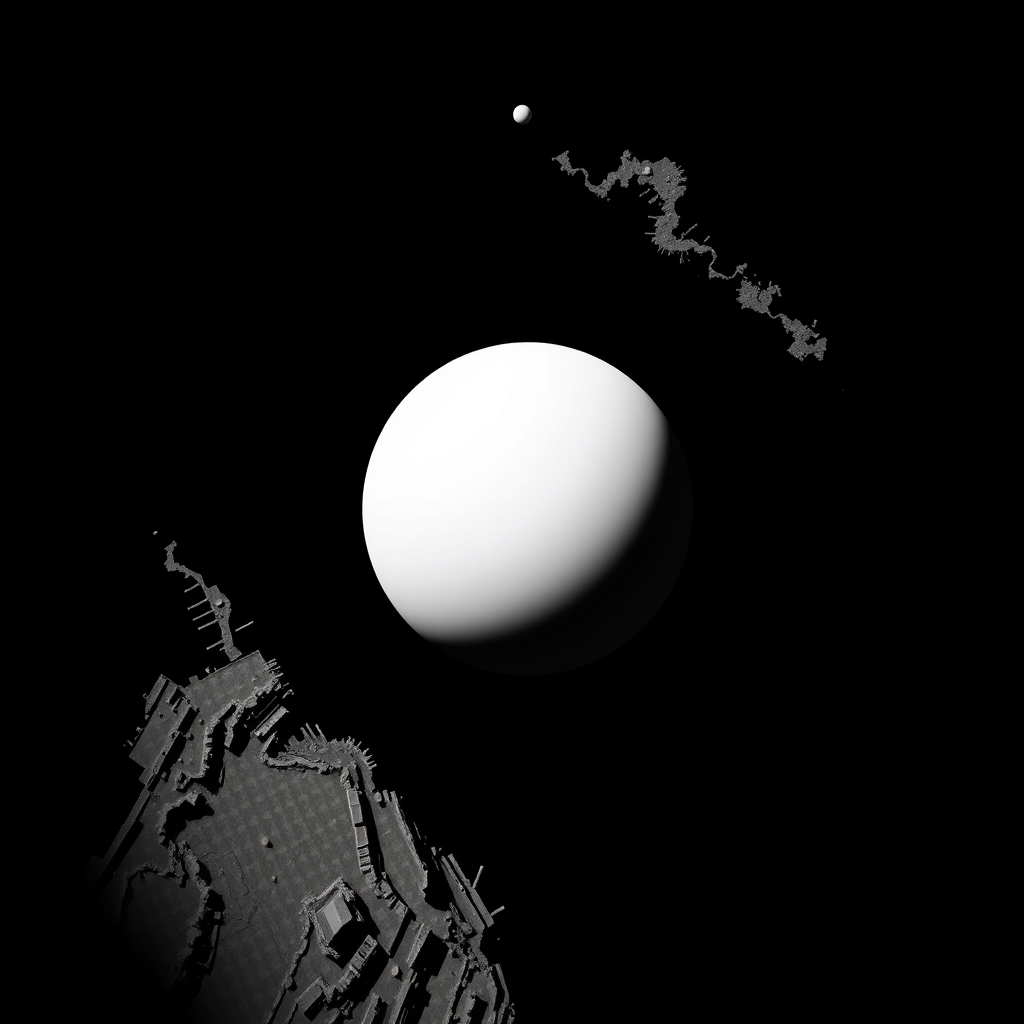
ACCESSIBILITY AND INCLUSION — DESIGNING FOR EVERYONE
The Sphere is built with accessibility in mind. Wheelchair seating is integrated throughout the venue, not isolated. Visual and auditory aids are available, including captioning and personalized sound zones.
Multilingual support ensures that international audiences can follow the content. Subtitles and narration are offered in multiple languages. This expands the Sphere’s reach and makes it more inclusive.
The immersive format benefits neurodiverse audiences. Multiple sensory entry points allow for different modes of engagement. This makes the experience more adaptable and emotionally resonant.
Designers have prioritized inclusive storytelling. Shows are crafted to resonate across cultures and abilities. The Sphere is not just a technological marvel—it’s a socially responsible venue.
| Accessibility Feature | Description |
|---|---|
| Wheelchair access | Integrated seating zones |
| Visual aids | Captioning and contrast modes |
| Auditory aids | Personalized sound zones |
| Multilingual support | Subtitles and narration |
| Neurodiverse design | Multi-sensory engagement |
TECHNICAL INFRASTRUCTURE — BEHIND THE SCENES OF IMMERSION
The Sphere’s immersive power depends on its technical backbone. Behind the visuals and sound is a complex network of servers, sensors, and control systems. These systems manage real-time rendering, audio targeting, and environmental effects.
The LED panels are controlled by a central system that synchronizes visuals with audio and haptics. Thousands of processors work in parallel to maintain seamless transitions and reactive animation. Latency is minimized to preserve immersion.
Environmental systems control temperature, airflow, and scent diffusion. These are triggered by cues in the performance and adjusted based on audience feedback. The infrastructure is modular and scalable.
Maintenance is continuous and highly specialized. Technicians monitor every system during events, ready to intervene if needed. The Sphere is not just a venue—it’s a living machine.
| System Component | Function |
|---|---|
| LED control | Synchronizes visuals and effects |
| Audio processors | Beamforming and layering |
| Environmental systems | Climate and scent control |
| Real-time rendering | Seamless transitions |
| Technical staff | Live monitoring and support |
CREATIVE COLLABORATION — HOW ARTISTS AND ENGINEERS CO-CREATE
The Sphere requires collaboration between artists and engineers. Musicians work with visual designers to choreograph reactive animations. Filmmakers consult with sound technicians to map audio to space. Every show is a co-creation.
This collaboration changes the creative process. Artists must think in terms of immersion, not just performance. Engineers must translate emotion into code, light, and vibration. The result is a hybrid art form.
Designers build environments that respond to music and movement. Programmers create systems that adapt to audience behavior. Producers coordinate across disciplines to ensure cohesion. The Sphere is a fusion of art and technology.
This model encourages experimentation. It invites creators to push boundaries and invent new formats. It’s not just about using technology—it’s about transforming it into emotion.
| Collaboration Role | Contribution |
|---|---|
| Musicians | Emotional timing and sound cues |
| Visual designers | Reactive environments |
| Engineers | System integration and control |
| Programmers | Adaptive logic and effects |
| Producers | Cross-disciplinary coordination |
AUDIENCE EXPERIENCE — FROM TICKET TO TRANSCENDENCE
The Sphere transforms the entire audience journey. From the moment guests arrive, they’re immersed in a curated environment that feels more like entering a story than attending a show. The architecture, lighting, and sound begin before the performance even starts.
Ticketing is digital and personalized. Guests receive tailored recommendations based on previous visits or interests. Entry is seamless, with biometric options and real-time crowd flow management. The experience is designed to reduce friction and increase anticipation.
Inside, the seating is ergonomic and strategically placed. Every seat is optimized for sight, sound, and sensory effects. Accessibility features are integrated without segregation, making the experience inclusive from the start.
Audience reactions are part of the feedback loop. Sensors track engagement, allowing creators to adjust future performances. This makes each show part of a living archive of emotional data and design evolution.
| Experience Element | Description |
|---|---|
| Entry system | Digital, biometric, frictionless |
| Seating design | Ergonomic, immersive layout |
| Personalization | Tailored content recommendations |
| Accessibility | Integrated and inclusive |
| Feedback integration | Sensor-driven audience response |
SUSTAINABILITY AND ENERGY — POWERING THE FUTURE OF VENUES
The Sphere is built with sustainability in mind. Its LED systems are energy-efficient, using dynamic brightness control to reduce power consumption. The building’s climate systems are zoned and responsive, minimizing waste.
Solar panels and smart grid integration support renewable energy use. The venue’s operational systems are monitored in real time to optimize energy flow. Cooling and heating are adjusted based on occupancy and performance type.
Water usage is minimized through low-flow systems and recycled cooling. Materials used in construction were selected for durability and environmental impact. The Sphere is designed to last without excessive maintenance or waste.
Sustainability is not just technical—it’s cultural. Shows often include environmental themes, and the venue partners with eco-conscious creators. The Sphere models how entertainment can align with ecological responsibility.
| Sustainability Feature | Description |
|---|---|
| LED efficiency | Adaptive brightness and power use |
| Climate control | Zoned, responsive systems |
| Renewable energy | Solar and smart grid integration |
| Water conservation | Low-flow and recycled systems |
| Eco partnerships | Content and creator alignment |
COMPARISON TO TRADITIONAL VENUES — WHAT SETS THE SPHERE APART
Traditional venues rely on flat screens, fixed stages, and directional sound. The Sphere eliminates these limitations. Its spherical design allows for full immersion, with no front or back—only center.
Most theaters separate audience from performance. The Sphere dissolves that boundary. Viewers are inside the story, surrounded by visuals, sound, and sensation. This changes how content is delivered and received.
Standard venues offer limited personalization. The Sphere adapts to each viewer’s location, hearing profile, and sensory preferences. It’s not just a show—it’s a tailored experience.
Technically, the Sphere outperforms in resolution, audio precision, and sensory integration. Creatively, it opens new formats that traditional venues cannot support. It’s not an upgrade—it’s a reinvention.
| Venue Feature | Traditional Venue | Sphere Las Vegas |
|---|---|---|
| Screen format | Flat or curved | Fully spherical, 360° |
| Sound delivery | Directional speakers | Beamforming to each seat |
| Sensory effects | Minimal or none | Haptics, scent, climate |
| Personalization | Limited | Adaptive and responsive |
| Creative formats | Fixed stage | Immersive spatial storytelling |
GLOBAL INFLUENCE — WILL OTHER CITIES FOLLOW
The Sphere is already inspiring global interest. Cities like London, Dubai, and Tokyo are exploring similar immersive venues. Developers see the potential for tourism, culture, and economic growth.
Architects and engineers are studying the Sphere’s design. Its modular systems and scalable infrastructure make replication feasible. Local adaptations could include cultural themes, climate-specific features, and regional storytelling.
Entertainment companies are watching closely. The Sphere’s success proves that audiences crave immersion. This could lead to new production pipelines, training programs, and creative partnerships worldwide.
The Sphere is not just a Las Vegas phenomenon. It’s a blueprint for future entertainment infrastructure. Its influence will shape how venues are built and how stories are told across the globe.
| City Interest | Status |
|---|---|
| London | Feasibility studies underway |
| Dubai | Concept proposals in development |
| Tokyo | Cultural adaptation planning |
| Sydney | Early-stage architectural interest |
| New York | Tech partnerships under review |
CHALLENGES AND LIMITATIONS — WHAT THE SPHERE CAN’T DO YET
Despite its innovation, the Sphere has limitations. Not all content fits the immersive format. Some stories require linear framing, subtle pacing, or intimate scale that the Sphere’s grandeur can overwhelm.
Production costs are high. Creating content for the Sphere requires specialized teams, equipment, and workflows. This can limit access for smaller creators or experimental projects.
Audience fatigue is a risk. Overuse of sensory effects can lead to desensitization or discomfort. Designers must balance immersion with restraint, ensuring that the experience remains emotionally effective.
Technical glitches can disrupt immersion. Real-time systems require constant monitoring and maintenance. The complexity of the infrastructure means that even minor failures can affect the entire show.
| Limitation | Description |
|---|---|
| Format constraints | Not all stories suit immersion |
| Production cost | High barrier for creators |
| Sensory fatigue | Risk of overstimulation |
| Technical complexity | Requires constant monitoring |
| Creative access | Limited for small-scale projects |
FUTURE FORMATS — WHAT’S NEXT FOR IMMERSIVE MEDIA
The Sphere opens the door to entirely new formats of entertainment. Beyond concerts and films, creators are exploring interactive storytelling, live gaming, and educational simulations. These formats use the Sphere’s spatial capabilities to engage audiences in real time.
Immersive journalism could place viewers inside global events. Virtual travel experiences might simulate distant landscapes with full sensory fidelity. Even therapeutic environments are being considered, using light, sound, and scent to support mental health.
The venue’s infrastructure supports modular programming. Shows can evolve over time, respond to audience feedback, or adapt to seasonal themes. This flexibility makes the Sphere a living platform for experimentation.
As more creators embrace immersive formats, we’ll see new genres emerge. These won’t fit into traditional categories—they’ll be hybrids of performance, simulation, and emotional design. The Sphere is not just hosting these formats—it’s helping invent them.
| Emerging Format | Description |
|---|---|
| Interactive narrative | Audience-driven story progression |
| Immersive journalism | Real-time global event simulation |
| Virtual travel | Sensory exploration of distant places |
| Therapeutic design | Emotionally supportive environments |
| Adaptive shows | Evolving content based on feedback |
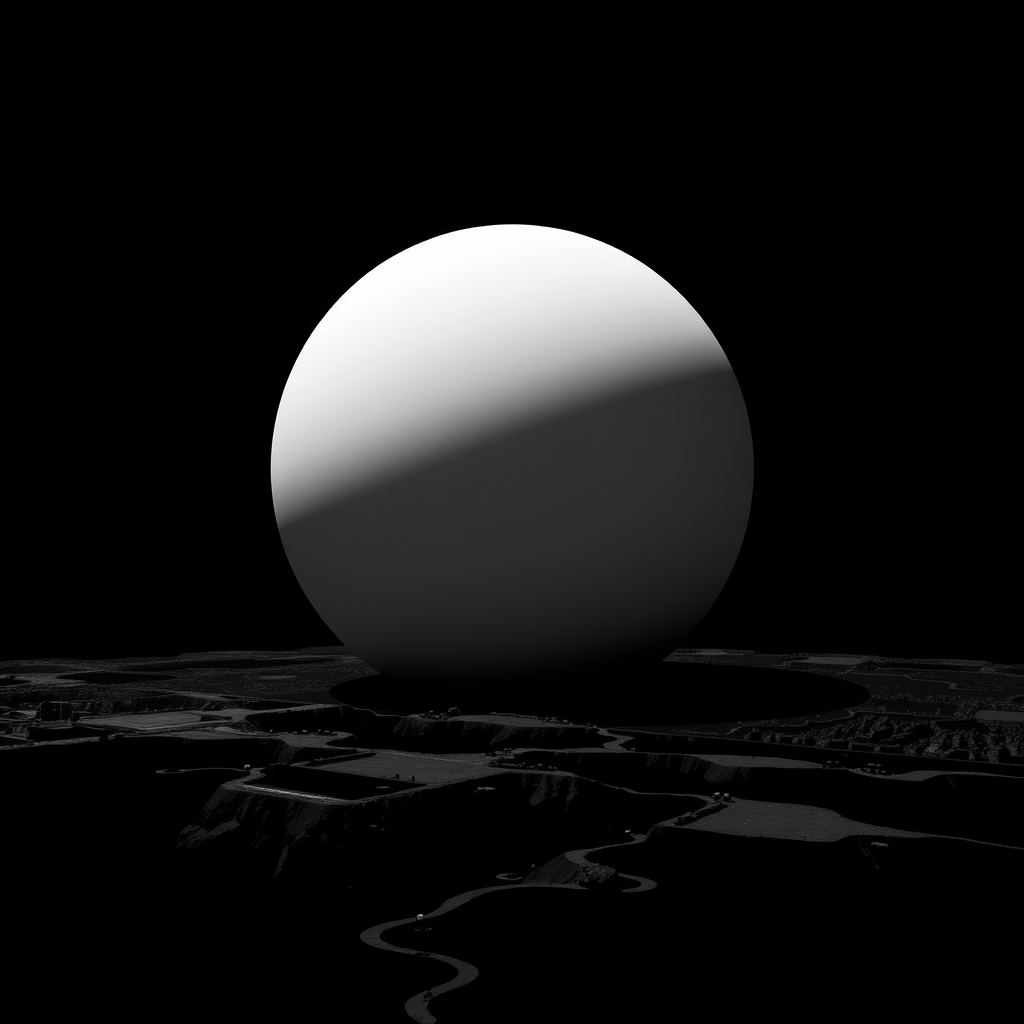
EXTERIOR PRESENCE — WHAT THE SPHERE LOOKS LIKE FROM THE OUTSIDE
From the outside, the Sphere is a living monument. It rises 366 feet into the Las Vegas skyline, appearing as a perfect globe with no visible seams or structural interruptions. Its surface is covered in more than 1.2 million LED panels, forming the largest programmable exterior screen in the world.
The building’s skin is dynamic and reactive. It can display anything—from a rotating planet to a giant blinking eye to branded animations and abstract art. These visuals are visible from miles away and shift constantly, creating a sense of motion and transformation even when no event is happening inside.
At night, the Sphere becomes a beacon. Its brightness and color palette adapt to the city’s ambient light, and its animations often sync with local events or holidays. The building doesn’t just advertise—it performs. It’s a spectacle in its own right, drawing crowds who gather just to watch it change.
The exterior is controlled by a centralized system that synchronizes the LED panels with internal programming. This means that what’s happening inside the Sphere can be reflected outside, creating a two-way visual dialogue. During concerts or immersive films, the exterior may pulse, ripple, or mirror themes from the show.
For pedestrians and drivers nearby, the Sphere is impossible to ignore. It dominates the visual field, often appearing surreal or otherworldly. Its scale and motion challenge the viewer’s sense of proportion, making it feel both massive and strangely intimate.
The building’s exterior also serves as a canvas for public art and civic messaging. It has displayed environmental themes, cultural tributes, and even interactive games. This turns the Sphere into a community-facing platform, not just a private venue.
| Exterior Feature | Description |
|---|---|
| Height | 366 feet |
| LED panel count | Over 1.2 million |
| Visibility range | Several miles across Las Vegas |
| Display capabilities | Real-time animation, branding, public art |
| Synchronization | Linked to internal events and programming |
The Sphere’s exterior is more than architecture—it’s media. It transforms the building into a living screen, a public performance, and a symbolic presence. Whether you’re attending a show or just passing by, the outside of the Sphere is part of the experience.
JOIN THE DISCUSSION — HOW SHOULD ENTERTAINMENT EVOLVE NEXT
The Sphere invites a broader conversation about the future of entertainment. Should all venues adopt immersive formats? How do we balance technology with human connection? What stories are best told in this way?
Creators, technologists, and audiences must collaborate to shape the next phase. Immersion is powerful, but it must be purposeful. Emotional resonance, cultural relevance, and accessibility should guide every innovation.
The Sphere is a prototype, not a final answer. It shows what’s possible, but also what’s still missing. We need more diverse voices, more inclusive formats, and more ethical design principles.
This is not just about spectacle—it’s about meaning. The Sphere challenges us to rethink how we connect, communicate, and create. The discussion is open, and the future is modular.
| Discussion Theme | Key Question |
|---|---|
| Format evolution | Should immersion be the default? |
| Emotional design | How do we preserve human connection? |
| Cultural relevance | Who gets to tell immersive stories? |
| Ethical innovation | What are the boundaries of immersion? |
| Audience agency | How much control should viewers have? |
CONCLUSION — THE SPHERE AS A PORTAL TO FUTURE ENTERTAINMENT
The Sphere in Las Vegas is more than a venue—it’s a portal. It redefines how we experience concerts, films, and immersive storytelling. It blends architecture, technology, and emotion into a unified environment.
From its massive LED screen to its precision audio and sensory systems, the Sphere surrounds audiences with narrative. It invites creators to think spatially and emotionally. It invites viewers to feel, not just watch.
Its impact is already visible in culture, economics, and design. It sets a new standard for what entertainment can be. It’s not just a building—it’s a blueprint.
As more venues follow its lead, we’ll see entertainment evolve into something more immersive, inclusive, and emotionally intelligent. The Sphere is the beginning of that shift. The future is already inside.
SYMBOLIC PRESENCE — WHY THE SPHERE MATTERS BEYOND ENTERTAINMENT
The Sphere is a symbol of possibility. Its shape evokes wholeness, unity, and planetary scale. It’s not just a technical achievement—it’s a cultural statement.
In a fragmented media landscape, the Sphere offers coherence. It brings people together inside a shared experience. It reminds us that storytelling can still be communal, emotional, and transformative.
Its presence in Las Vegas—a city of spectacle—adds weight to its message. It’s not just another attraction. It’s a redefinition of what spectacle can mean.
The Sphere matters because it restores depth to entertainment. It invites us to feel more, connect more, and imagine more. That’s why it’s not just a venue—it’s a symbol.
LEGACY AND INFLUENCE — WHAT THE SPHERE LEAVES BEHIND
The Sphere’s legacy will be measured in influence. It will shape how venues are built, how stories are told, and how audiences engage. Its impact will ripple across industries.
Architects will study its form. Designers will adapt its systems. Creators will build new formats inspired by its capabilities. The Sphere is already a reference point.
Its influence will extend to education, wellness, and public space. Immersive environments will become part of everyday life. The Sphere is the first step toward that integration.
What it leaves behind is not just infrastructure—it’s imagination. It proves that entertainment can evolve. It shows that immersion can be meaningful. And it invites us to keep building.
#SphereLasVegas #ImmersiveArchitecture #LEDCanvas #UrbanMonument #360Design #ArchitecturalStorytelling #SkylineSymbolism #BuiltToPerform
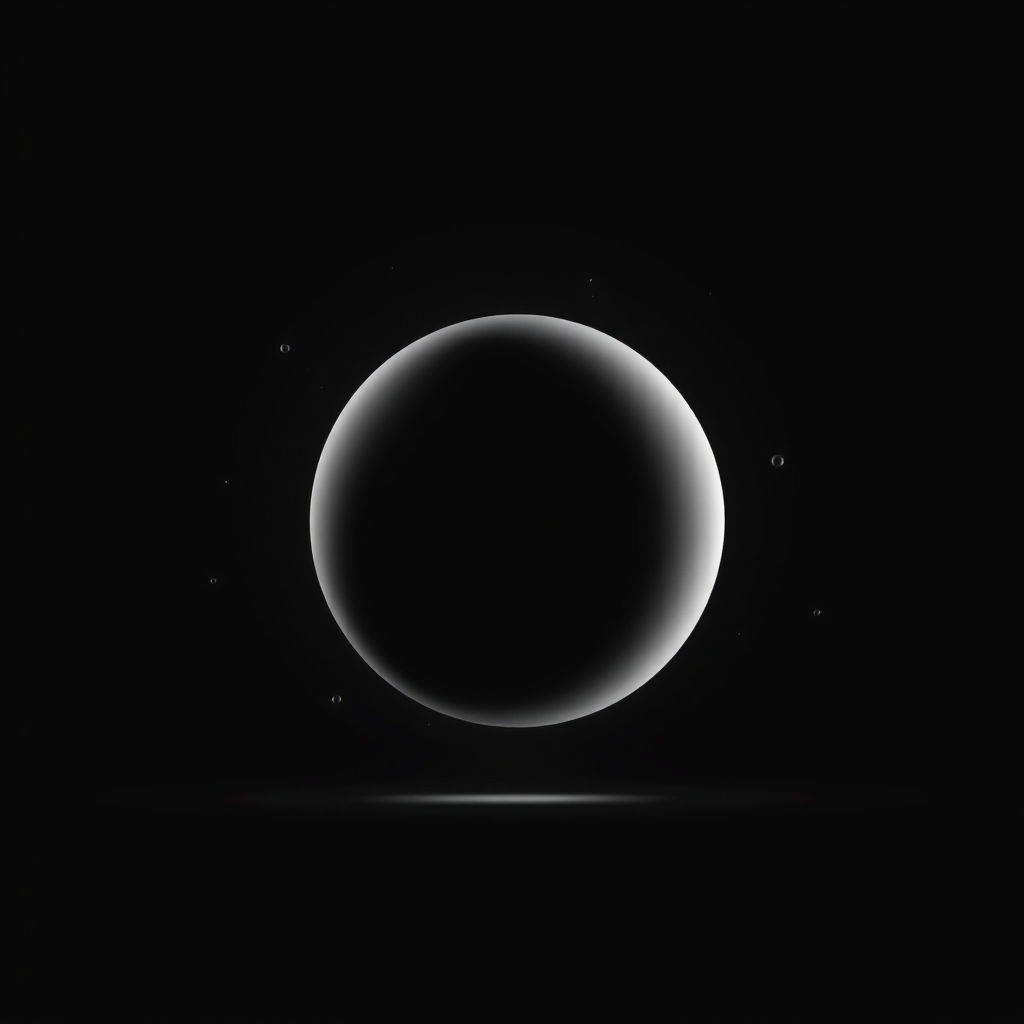

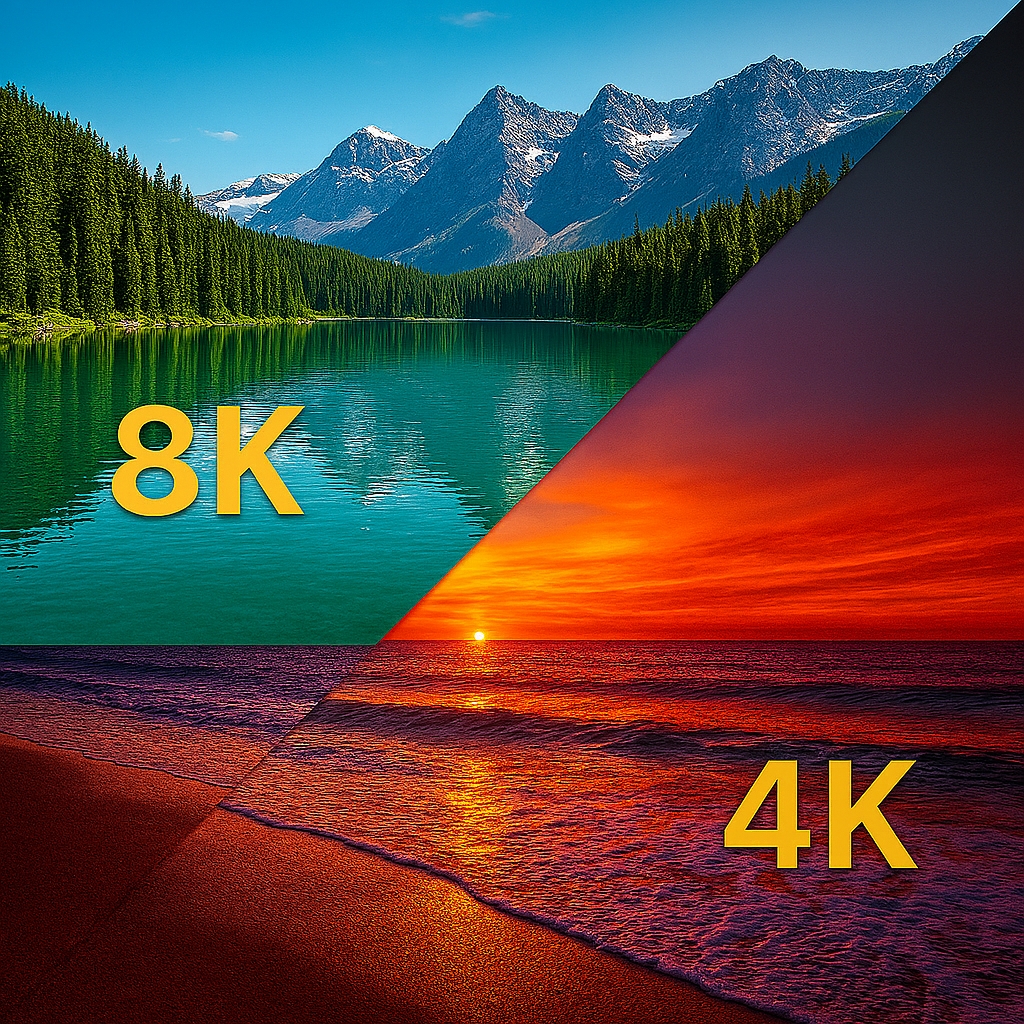
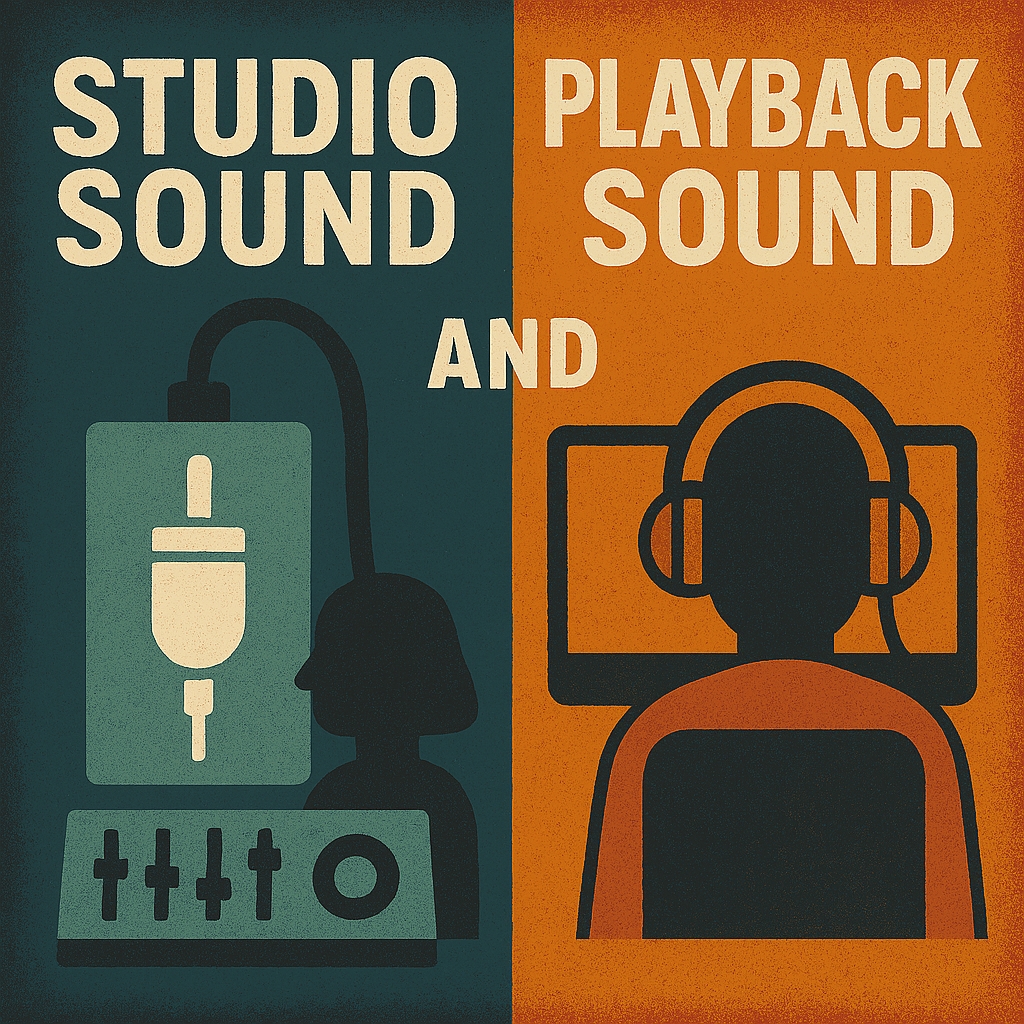
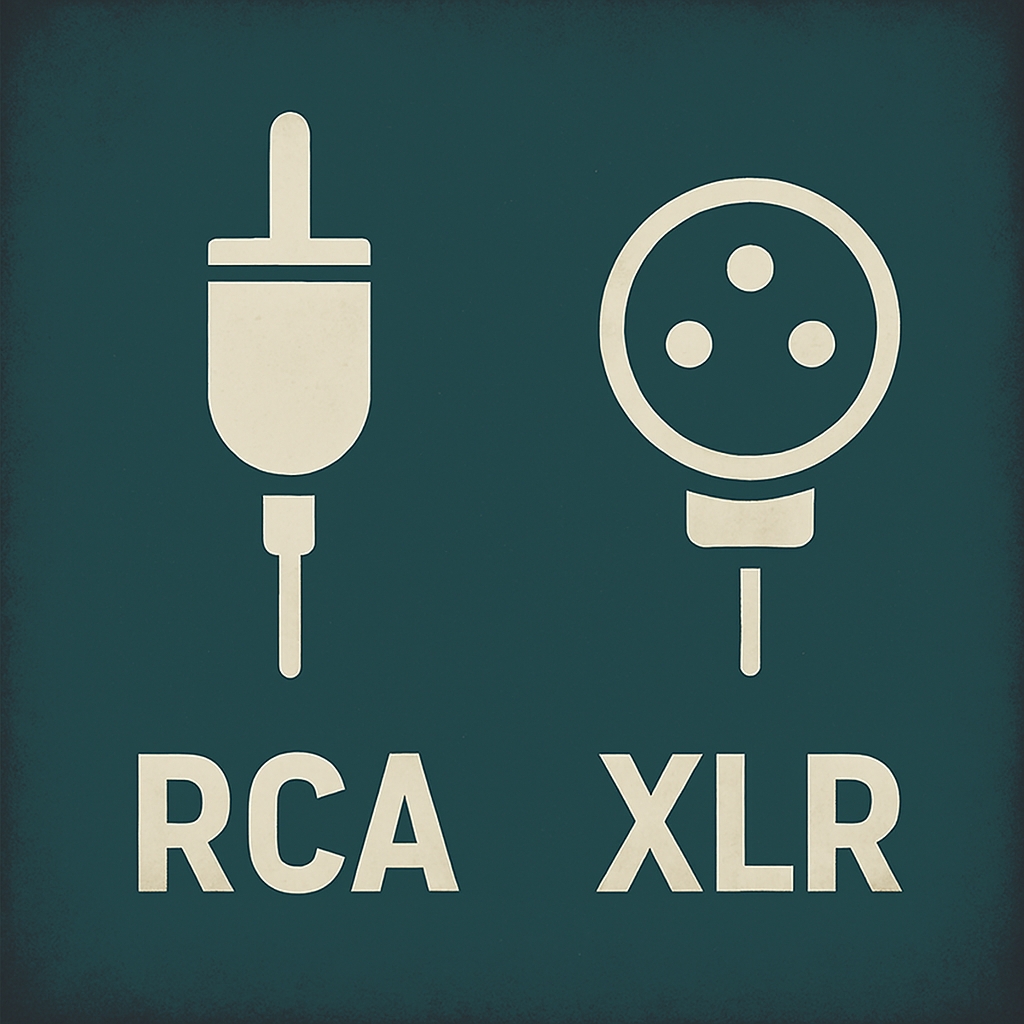

Leave a Reply